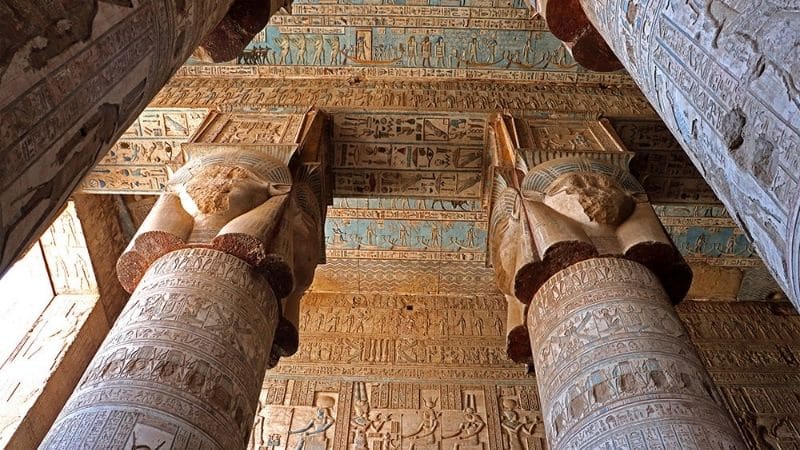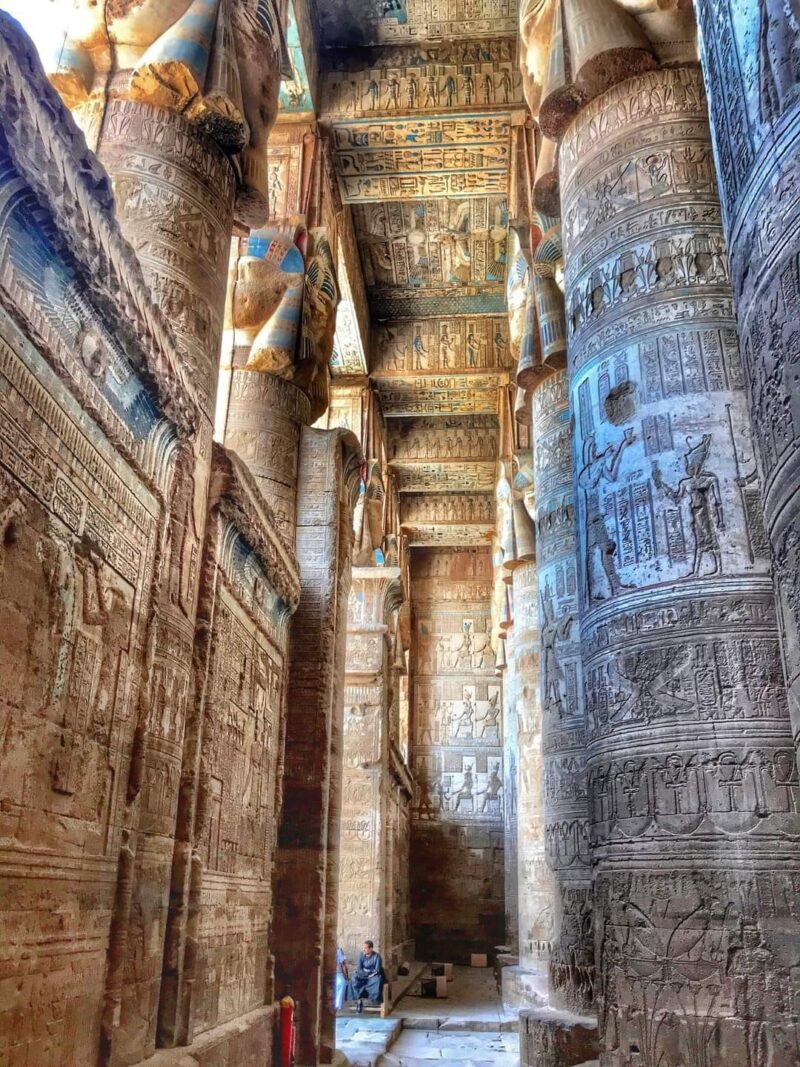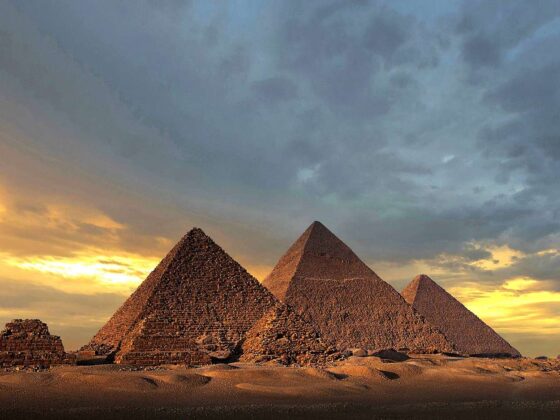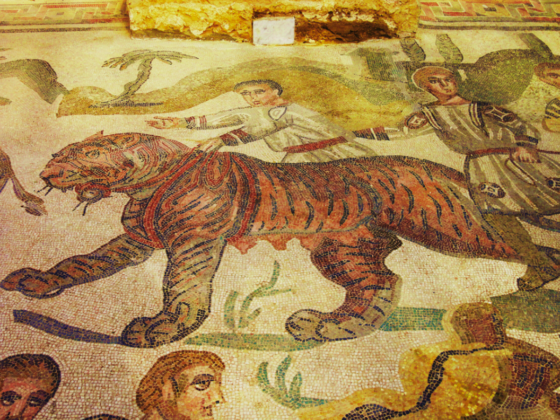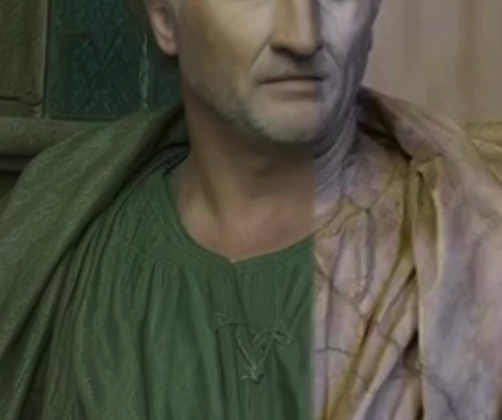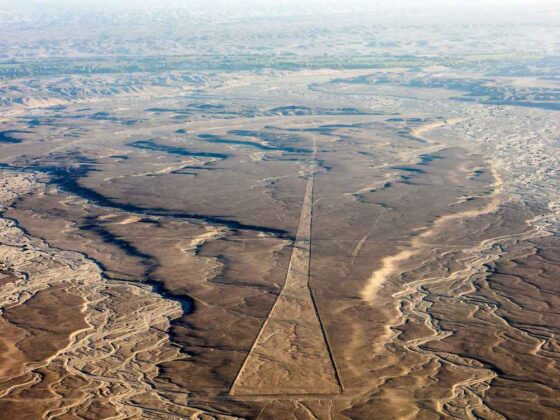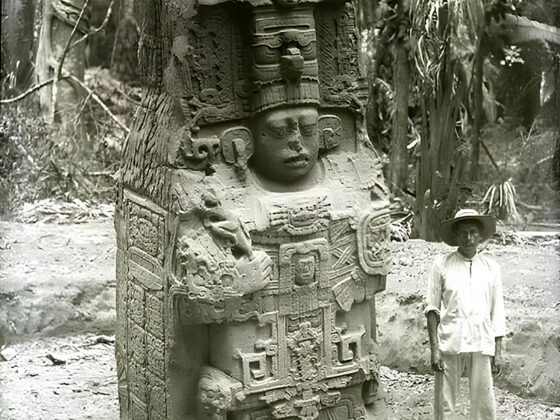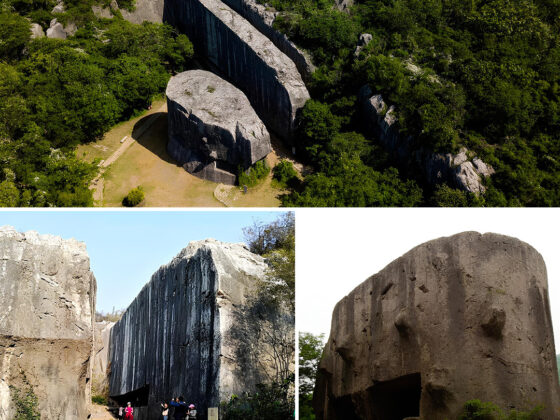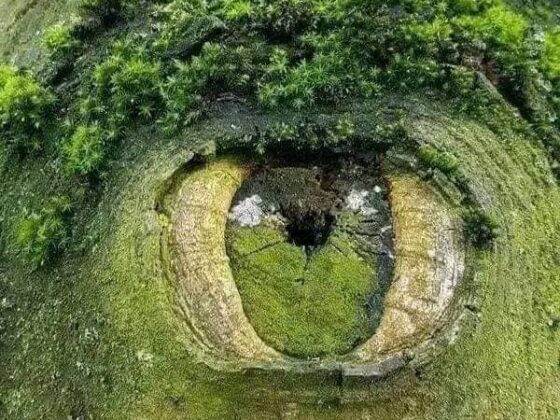The Temple of Dendera in Egypt is one of the most spectacular architectural sites on the planet. Located about 60 kilometers north of Luxor, this ancient temple complex is dedicated to Hathor, the goddess of love, joy, and fertility. Built primarily during the Greco-Roman period between 30 BC and 14 AD, Dendera stands out for its exceptional state of preservation.
The complex’s crown jewel is the Temple of Hathor, featuring a grand hypostyle hall with 24 massive columns. These columns are adorned with four-sided carvings of Hathor’s face, creating an awe-inspiring entrance. The temple’s ceilings are a marvel, decorated with intricate reliefs including the famous “Dendera Zodiac” (now in the Louvre) and depictions of astronomical scenes that have fascinated scholars for centuries.
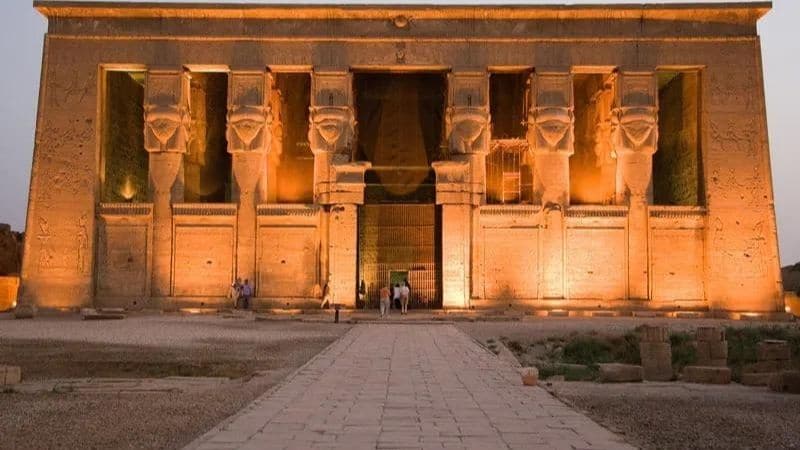
Hidden within the temple walls are crypts and passages, their mysterious reliefs and hieroglyphs hinting at secret rituals and ancient knowledge. The rooftop sanctuary, where priests once performed New Year festival rites, offers a unique perspective on ancient Egyptian religious practices. On the temple’s exterior, a rare carving of Cleopatra VII and her son Caesarion provides a tangible link to one of Egypt’s most famous rulers.

Perhaps most intriguing are the “Dendera light bulbs” – controversial reliefs that some interpret as depicting ancient electrical technology, sparking debate about the extent of Egyptian technological knowledge. Throughout the temple, vivid hieroglyphs and reliefs have retained much of their original color, offering visitors a glimpse of the vibrant appearance ancient Egyptian temples once boasted.
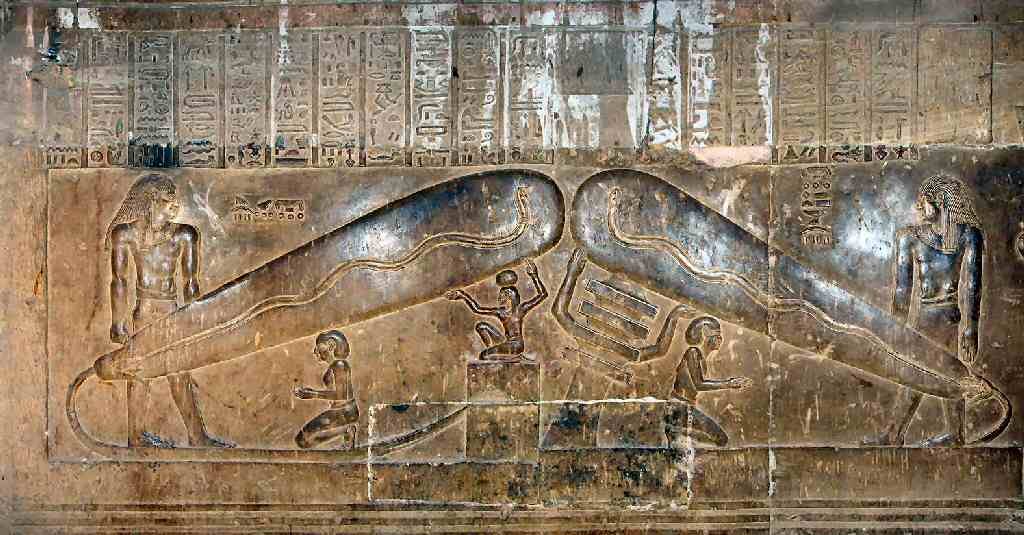
The Dendera complex extends beyond the main temple, encompassing a sacred lake, a sanatorium for ritual healing, and a mammisi (birth house) dedicated to Ihy, son of Hathor. This architectural and artistic marvel, coupled with its historical significance, makes Dendera a must-see destination for anyone fascinated by ancient Egyptian culture and architecture.
